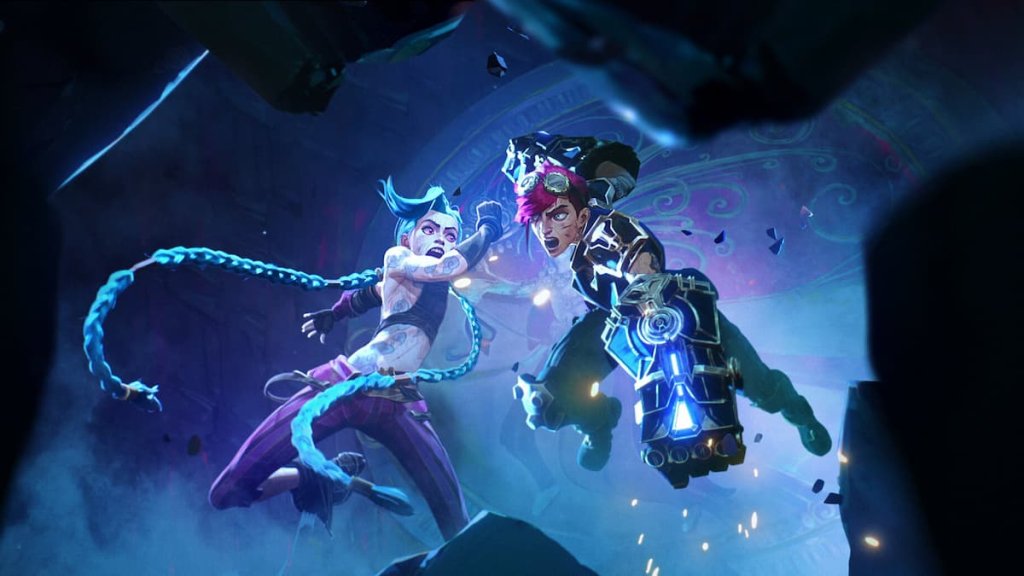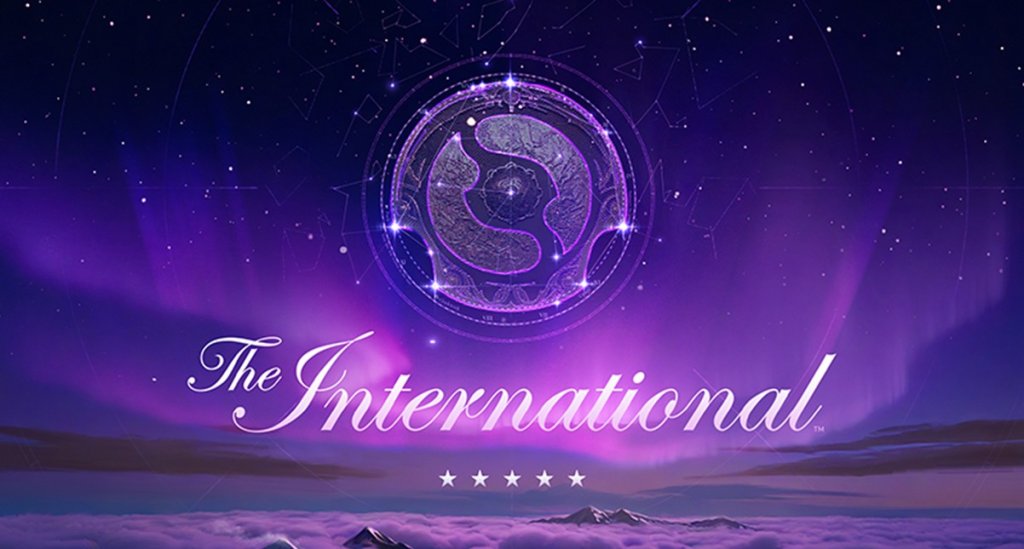
Are female esports competitors taken seriously?
Over the past few years, female esports player numbers have been reaching new highs year upon year. Opportunities within the industry have also steadily increased with developers and event organizers recognizing the huge market potential sitting idly untapped for well over a decade. Yet, somehow it still feels like there are invisible boundaries and glass ceilings when it comes to female esport athletes making it into the industry.
We regularly celebrate the achievements of exceptional competitors like VKLiooon and Moqii, and yet a reoccurring question is always looming over: Are female esports competitors taken seriously?
Back in Feburary, we locally organized the @girlgamerfest Dubai Festival and announced the first ever all female Middle Eastern team, since then our growth has been exponential. Thanks to @cnn for the amazing feature https://t.co/pYzHRyCNBt
— Galaxy Racer (@GalaxyRacerDxb) August 11, 2020
The financial situation for female competitors
The primary challenge all competitors face is financial; do they make enough competing, through prize money or salaries, to dedicate themselves to playing as a full-time profession? This question of finance is a constant challenge in esports, where the loose infrastructure at all levels except the highest creates an inconsistent competitive landscape with limited exposure opportunities.
When examined at the surface level, it is undeniable that female competitors have lower financial earnings than male competitors. Per Esports Earnings, the player who earned the most in prize pool winnings is Johan “N0tail” Sundstein with 6.9 million USD, who competes in the game Dota 2. The tenth player with highest prize pool earnings is Lasse “Matumbaman” Upralainen, with 3.7 million USD, also from Dota 2. The 100th player is Nick “nitr0” Cannella, primarily known for his career in Counter-Strike: Global Offensive (CS:GO).
The highest-earning female player per prize winnings is Sasha “Scarlett” Hostyn, who competes in StarCraft II. She has won 375 thousand USD.
Second is Xiao Meng “Liooon” Li in Hearthstone, with 227 thousand USD. It is immediately apparent that the top female earners are incomparable to the top male earners, but the comparison is not a fair representation of the gender dynamics in esports.
StarCraft II and Hearthstone are significantly less popular than either Dota 2 or CS:GO in esports viewership and presence. In StarCraft II, Scarlett is the 20th highest earner of all players. In Hearthstone, Liooon is the 15th highest earner. Rather than a direct comparison of the largest prize pool earnings, it is more pertinent to examine the infrastructure that props up the highest competition levels.
Are there opportunities for female competitors in esports?
The irony is that there are many opportunities for women in esports on an infrastructural level. Multiple tournaments reserve participation exclusively for women. Some examples are the CS:GO DreamHack Showdown Valencia 2019, which had a 100 thousand USD prize pool for eight female-only teams, or the Girl Gamer Festival and For The Women Gaming Summit which had prize pools reserved exclusively for female athletes.
Additionally, neither of the two highest-level tournaments for CS:GO or any game in 2019, had restrictions on gender participation. However, competitors for most events were nearly all or all male.
Some may unfairly characterize this as indicating that women are less capable of competing than men. But, this would be an erroneous assumption.
It is more representative of the lower number of women competing at all levels of gaming, including casual entry-level. Per a February 2019 report by insights agency Interpret, women make up 35% of total players in PC or console games that are esports titles. Of players who consider themselves esports viewers, only 30% are female.
This overall indicates that there are considerably fewer women initially playing competitive esports games on PC and console. It is then an even smaller minority who follow the game’s esport.
It is more likely that the lack of female representation at the highest level of competition results from a drastically smaller initial player base. This is akin to the lack of representation from smaller countries with smaller talent pools or supporting infrastructures. In that light, female-only competitions are more comparable to regional competitions that promote underrepresented talent.
Additionally, there is always the question of which titles are considered esports. There is a huge difference between the titles that female players prefer to play, and the titles that become full fledged esports.
[cta id=2581 type=geo]Is the future bright for women in esports?
Outside of direct competition as players, there are many other opportunities in the esports space for women. There are many positions at staff, managerial, and executive levels that are open to women. Currently, the challenge is overcoming the initial social/cultural hurdles that discourage women from playing or competing in games.
Women are frequent targets of harassment and discrimination in gaming, often specifically for their gender. This limits the number of women who participate in esports, which further restricts the number who rise to high-profile positions. Esports is rare in that people of all genders have a more fair chance of competing. The fact that players express skill and ability in a virtual environment lessens many of the typical physiological inequalities that prevent fair competition.
We have already discussed if female-only esports are good or bad awhile back. Female only events are a solid start towards a less toxic environment in the short run. Increasing spaces for opportunities to promote women esports are always welcome. Yet eventually, an environment has to develop where there are regular competitions between people of all genders at the highest levels of play.
Read next: Are unhealthy esports sponsorships enhancing bad habits?












